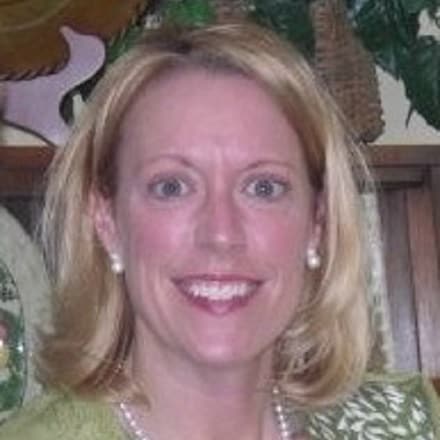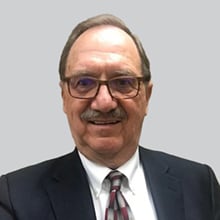Inside Angle
From 3M Health Information Systems
Where we’ve been and where we’re going: A 50-year perspective on health policy
I recently had the opportunity to talk with Chet Stroyny, a program manager for Regulatory and Government Affairs at 3M Health Information Systems, about his 50-year career in the health care sector. Chet shared his perspective about some historic moments he has witnessed over his career, as well as his predictions for the future of health policy.
As you look back, what are one or two of the most important health care events or policies that you witnessed – and why were they so important?
I believe the Medicare and Medicaid legislation signed into law by President Lyndon Johnson on July 30, 1965 was the most significant legislation I saw in my career. The second biggest policy change was the introduction of the inpatient prospective payment system (IPPS) and diagnosis related groups (DRGs) in 1983 to replace the very expensive and inefficient hospital cost reimbursement system under Medicare. Over the years, the DRG classification methodology carried over into Medicaid; soon 30 states will have adopted all patient refined DRGs (APR DRGs) for reimbursing hospitals under Medicaid. The private sector has also embraced DRGs.
This was the most significant change in Medicare hospital reimbursement since the onset of the program in 1966. Prior to DRGs, hospitals filed annual cost reports with the Part A fiscal intermediaries, and final cost settlements were made based on the existing federal cost reimbursement rules. The financial staff at the Part A intermediaries were responsible for this task. Under the “reasonable cost” reimbursement system, there was no incentive for hospitals to discharge patients in a timely manner. As a personal example, my mother-in-law once stayed in the hospital for several weeks for a routine hip fracture. She was living alone at the time, so actually enjoyed the nurse’s company, but she could have been discharged earlier.
The DRG system, which was developed at Yale University and piloted in the State of New Jersey, changed the incentives for hospitals. Rich Averill, who directed clinical and economic research for 3M Health Information Systems, played a key role in the creation of DRGs at Yale before joining 3M. He believed that health care needed a language that linked the clinical and financial aspects of care. Payment based on DRGs was payment in full, encompassing all of the hospital’s resources. Hospitals now had an incentive to become more efficient and cost effective in their administration of care for Medicare patients.
Thanks, Chet, for giving us your insider insights into those historic moments. Looking ahead, for the rest of us still toiling away in health care policy, what is the top initiative you see in process today or coming in the near future that will transform health care for the better?
Coming off the historic COVID-19 pandemic, the challenges facing the U.S. health care system in the future will be even more daunting. We have an acute care system in the U.S., meaning we focus on disease treatment rather than disease prevention. Health statistics from across the country suggest this approach needs rethinking. I heard a State Public Health Director speak several years ago about the need to change health care in this country, placing much greater emphasis on disease prevention, healthy lifestyles and more personal responsibility. We also need more funding for public health initiatives.
I think COVID-19 has exposed weaknesses in our hospital acute care system, including just-in-time purchasing models, which caused supply chain problems in acquiring much-needed masks and other personal protective equipment early in the pandemic. Finally, rising health care costs as a part of GNP will continue to be a concern for federal (Medicare) and state legislatures and governors (Medicaid). The health care system needs to be more efficient. Plus, federal officials will soon have to address the longevity of both the Social Security and the Medicare hospital trust fund.
What advice would you give to those of us still working in health care careers , that we can achieve the success and longevity you have in making a difference for patients?
I believe we have the most advanced health care system in the world. However, we continue to have a tiered health care system with unequal access. There are still many underserved populations and gaps in coverage for individuals. Today, individuals who work in low-wage jobs may not have access to traditional employer-offered health insurance. Also, individuals who lose their jobs before becoming eligible for Medicare face the challenge of obtaining reasonably priced health insurance. Certainly, the Affordable Care Act has been a lifesaver for these folks. I have seen proof of that through the experience of one of my adult daughters, who currently is working at a temp job. My 3M Regulatory and Government Affairs team members are working with State Medicaid agencies that serve individuals who are low income, disabled, or may have other health challenges. We are in a unique position to help our clients apply 3M tools, including methodologies like Potentially Preventable Events (PPEs) and Clinical Risk Groups (CRGs), and continue to be an valuable partner to help states be successful. 3M innovations will continue to evolve to meet the needs of State Medicaid agencies.
To hear more of Chet Stroyny’s perspective on his 50-year career in health policy, listen to the rest of our conversation in the podcast we recently recorded.




